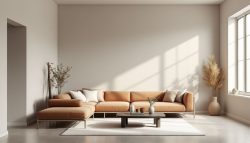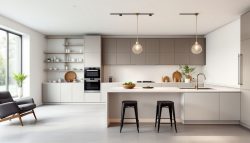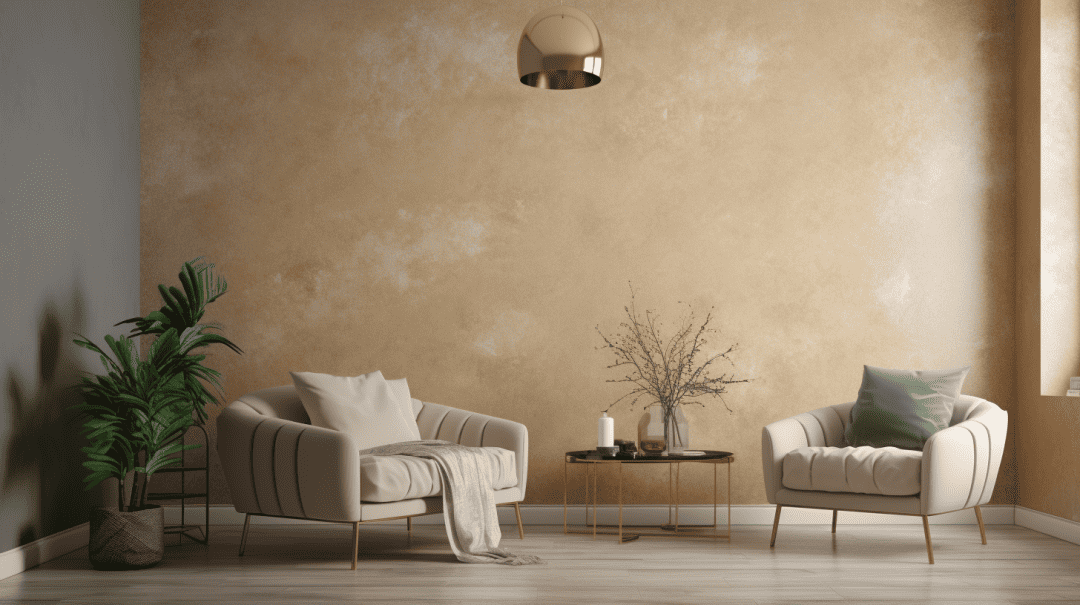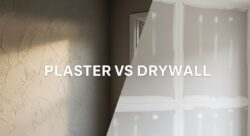Unlocking the Potential of EIFS for Interior Excellence: Energy Savings, Aesthetic Flexibility, and Durable Solutions Inside Your Home or Business

Introduction
EIFS (Exterior Insulation and Finish Systems) have long been associated with providing durable and energy-efficient building envelopes. However, EIFS has evolved to become an incredibly versatile renovation solution for interiors as well. With advancements in interior-grade materials, fire resistance, and moisture management, EIFS now enables designers to craft aesthetically stunning and comfortable indoor environments. This article explores the possibilities of EIFS for residential and commercial interior renovations. We’ll cover everything from the benefits of interior EIFS and product selection factors to installation best practices and code compliance. Read on to gain insights into how EIFS can transform indoor spaces while supporting energy efficiency and sustainability.
Understanding EIFS (Exterior Insulation and Finish Systems)
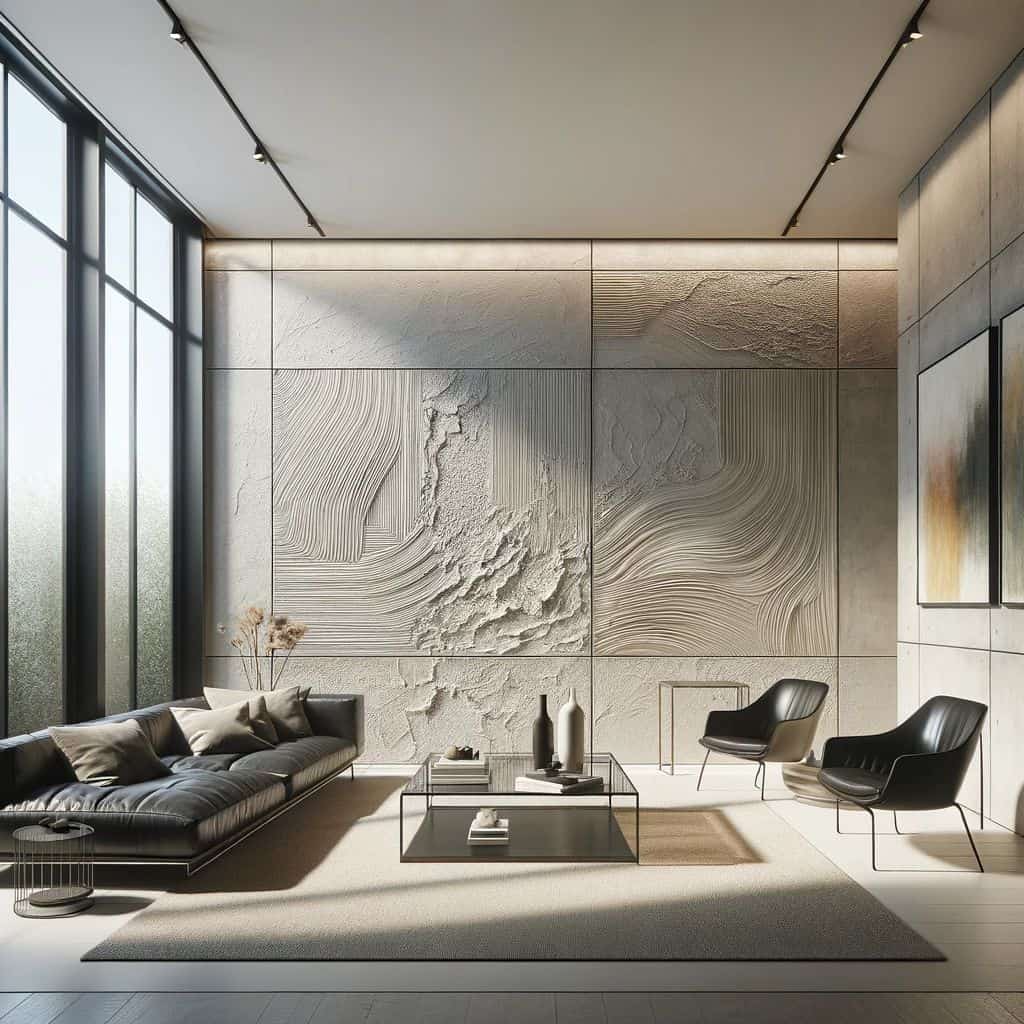
Introduction to EIFS: History and Development
EIFS originated in post-war Germany as a means to rapidly rebuild structures with an energy-efficient exterior insulation system. EIFS gained popularity internationally, including in the US, during the 1970s energy crisis. Modern EIFS comprises four key components:
- Adhesive and/or mechanical fasteners
- Insulation board
- Basecoat
- Finish coat
Together, these layers provide continuous insulation and weatherproofing for building exteriors. While initially developed for exterior facade applications, EIFS has expanded to become an optimal interior renovation solution.
Comprehensive Benefits for Interiors: Energy Efficiency, Design Versatility, and Moisture Management
EIFS offers numerous advantages for indoor renovations:
- Thermal efficiency: The insulative properties of EIFS reduce indoor temperature fluctuations and HVAC loads.
- Moisture management: EIFS controls condensation risks with vapor retarders and water-resistive barriers.
- Design flexibility: EIFS accommodates complex 3D forms and creates textured finishes.
- Fire resistance: Mineral wool or EPS options suit interior fire safety codes.
- Noise reduction: EIFS enhances acoustics through sound-dampening.
- Affordability: EIFS provides cost-savings over alternative interior finishes.
The Synergy Between EIFS’s Exterior Protection and Interior Applications
While EIFS safeguards building exteriors as a protective barrier, the same material properties suit interior space enhancements:
- Insulation resists temperature and sound transmission between the exterior and interior.
- Vapor control layers manage moisture migration into and within structures.
- Durable finishes withstand interior wear and tear.
- Creative design potential transforms indoor aesthetics.
EIFS leverages these synergies to address both exterior and interior renovation needs.
Innovations in EIFS for Interior Applications
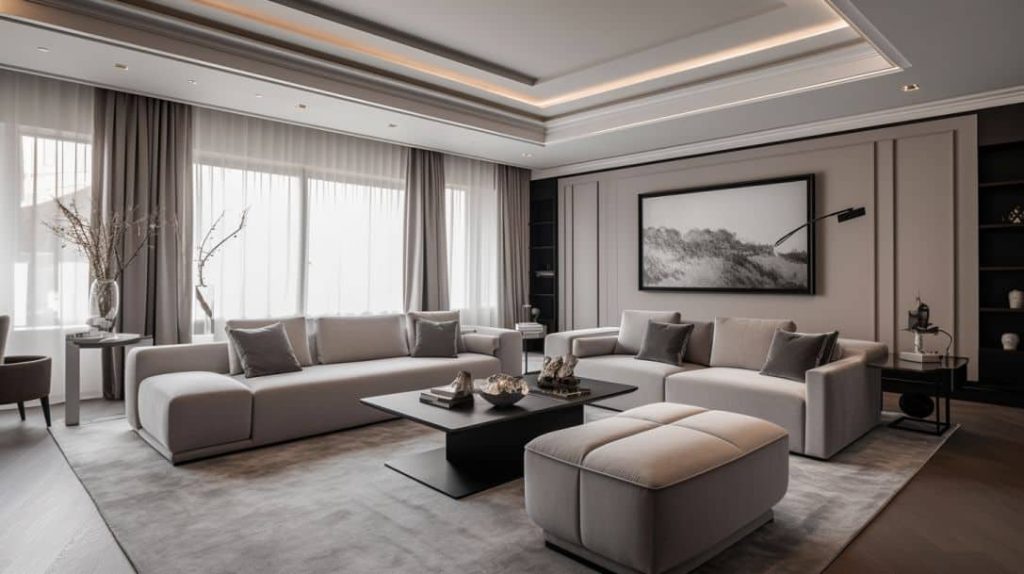
The Evolution of EIFS Components for Interior Use
Early EIFS relied heavily on EPS insulation. However, several material advancements now accommodate EIFS application indoors:
- Mineral wool insulation offers non-combustible performance.
- Gypsum boards suit high-moisture areas.
- Code-compliant finishing products meet strict fire rating standards.
Advancements in Interior-Grade EIFS Materials
EIFS manufacturers now provide components tailored specifically for interior installations:
- Fire-rated EPS options contain graphite or flame retardants.
- Moisture-resistant facers protect underlying materials.
- Mold inhibitors prevent microbial growth.
These developments expand EIFS versatility for indoor environments.
Fire Resistance and Acoustic Properties Enhancements in Modern EIFS
Innovations in insulation, barriers, and finishes boost fire ratings and noise reduction:
- Mineral wool insulation improves fire resistance.
- Intumescent coatings resist fire spread.
- Sound attenuation membranes reduce noise transmission.
- Acoustical sealants absorb and block sound.
With these performance improvements, EIFS aligns with demanding interior building codes.
Crafting Captivating Interior Spaces with EIFS

Design Flexibility: EIFS for Intricate Interior Detailing
EIFS accommodates detailed ornamental designs:
- Cornices
- Columns
- Crown moldings
- Ceiling medallions
Complex 3D forms are achievable with EIFS.
The Potential of EIFS in Creating Faux Finishes and Complex Textures

Imaginative faux finishes or textures emerge with EIFS:
- Wood planking
- Exposed brickwork
- Weathered stone
- Customized abstract patterns
EIFS empowers boundless creativity for interior design.
Case Studies: Successful Interior Transformations with EIFS
- The Sante Wellness Center interior renovation in Los Angeles, CA showcases an intricate EIFS ceiling medallion and textured walls.
- The ambitious Empire Library interior overhaul in New York City, NY exhibits sweeping curves crafted in EIFS.
- The David L Lawrence Convention Center in Pittsburgh, PA reveals monumental interior columns simulated through EIFS detailing.
These case studies demonstrate EIFS artistry and versatility for reimagining interior spaces.
Selecting the Ideal EIFS Product for Indoor Use
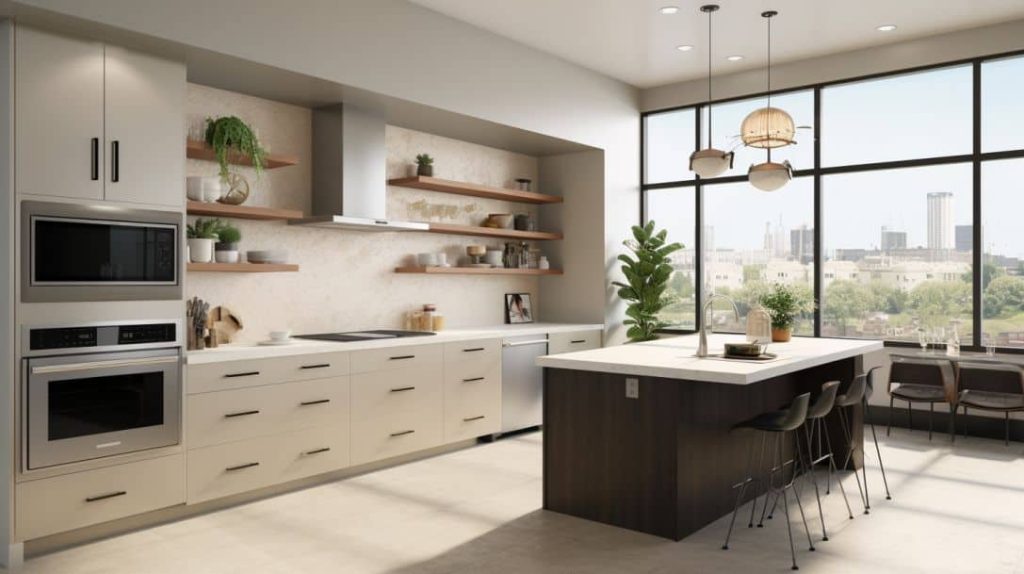
Factors to Consider When Choosing EIFS for Interiors
- Fire safety requirements: Class A or Class I assemblies?
- Moisture exposure: Bathrooms, kitchens, laundry rooms?
- Building occupancy type: Residential, commercial, industrial?
- Noise control: Requirements for studios or theaters?
- Sustainability targets: LEED points for efficiency?
All influence optimal EIFS selection.
The Suitability of EIFS in Various Interior Settings: Residential, Commercial, and Industrial
- Residential: EPS or mineral wool insulation options. Vapor barriers are essential.
- Commercial: Emphasis on fire ratings and acoustics.
- Industrial: Focus on durability and moisture resistance.
Environment and application direct EIFS choices.
Special Considerations for High-Humidity Areas like Kitchens and Bathrooms
Moisture resistance is paramount in kitchens, bathrooms, pools, etc:
- Utilize glass mat gypsum or moisture-proof EPS.
- Extra vapor retarder layers.
- Opt for waterproof, mold-resistant finishes.
- Increase sealant use at joints and around fixtures.
Correct EIFS selection accrues benefits in damp areas.
The Merits of Interior EIFS Renovations
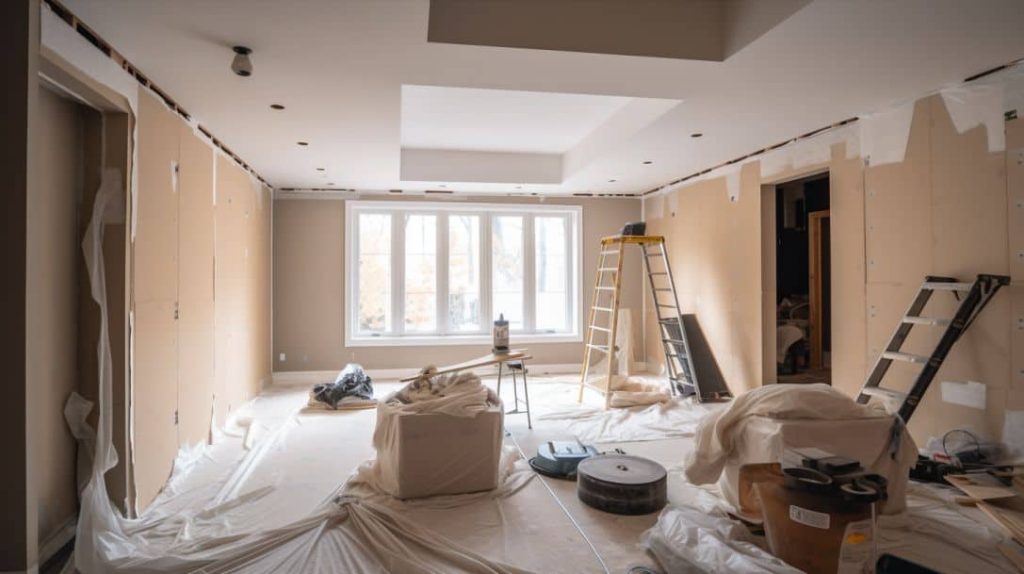
Energy Conservation and the Role of EIFS in Achieving LEED Certification for Interiors
Continuous insulation from EIFS curtails:
- Heat loss/gain through walls, ceilings, and floors.
- Energy consumption for heating and cooling.
EIFS contributes to LEED credits by:
- Enhancing energy performance.
- Improving indoor environmental quality.
- Reducing the environmental impact of materials.
Aesthetic Enhancements with EIFS: Customizable Finishes and Colors
EIFS allows limitless options for creative upgrades:
- Simulate wood, stone, metal, or abstract textures.
- Integrate logos, branding, or custom artwork.
- Incorporate vivid colors or faux finishes.
EIFS facilitates major visual transformation.
EIFS vs. Traditional Stucco: A Comparison for Interior Refurbishments
| EIFS | Traditional Stucco |
|---|---|
| Insulation included | Requires separate insulation |
| Thinner finish layers | Thicker, heavier plaster coats |
| Lower labor costs | More intensive installations |
| Greater design flexibility | Limited forms and details |
| Broader color and texture options | Restricted finishes |
EIFS surpasses stucco for performance, cost, and aesthetics.
Spotlight on EIFS in Bathroom Renovations: Mold Resistance and Ease of Cleaning
For bathrooms, EIFS advantages include:
- Integral moisture barriers combat leaks.
- Mold-resistant coatings prevent growth.
- Smooth non-porous finishes enable easy cleaning.
- Seamless surfaces deter grime accumulation.
- Curved accent walls and tub surrounds for modern flair.
EIFS facilitates stylish, low-maintenance bathrooms.
Maximizing the Advantages of EIFS in Interior Makeovers
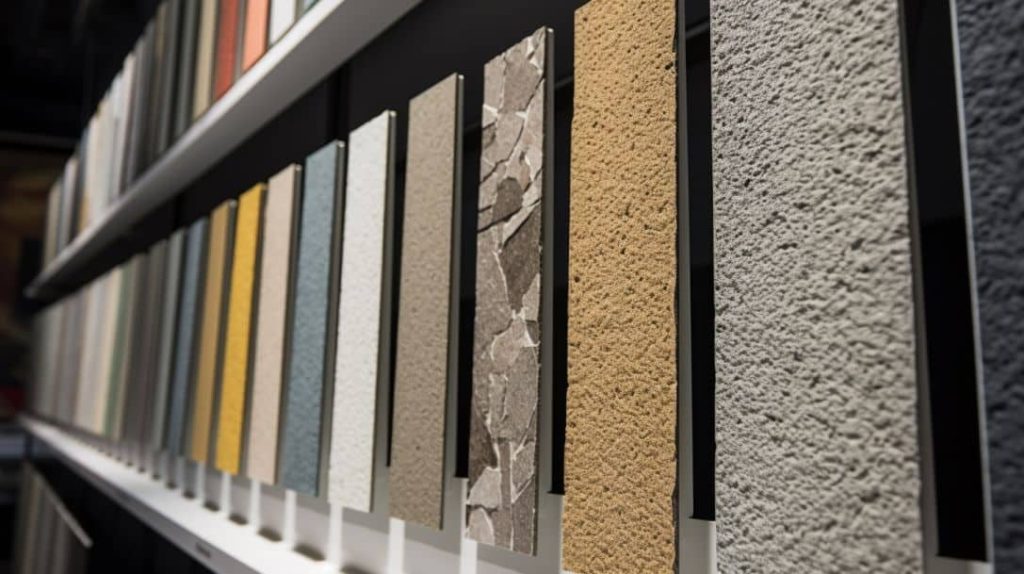
Longevity and Minimal Maintenance: The Enduring Benefits of Interior EIFS
Properly installed EIFS delivers exceptional service life:
- Crack resistance resists building movements.
- UV-stable acrylic coats retain color and gloss.
- Waterproof, durable finishes withstand wear.
- Integrated moisture control prevents deterioration.
- Facilitates low-cost maintenance and repairs.
EIFS carries a 25+ year lifespan and outperforms alternative interior products.
Adapting EIFS for Historical Renovations and Contemporary Upgrades
EIFS suits both heritage restorations and modern designs:
- Ornate detailing mimics traditional decorative plaster.
- Color washes and glazing create vintage patinas.
- Contemporary textures align with current trends.
- Seamless curvaceous forms for up-to-date interiors.
- Enables molding replication and damage repair.
EIFS brings historical elegance into the present day.
Utilizing EIFS as an Interior Water Vapor Barrier: Principles and Practices
Correct detailing helps EIFS act as an interior vapor barrier:
- Continuous insulation without thermal bridges.
- Multi-coat acrylic finish resists moisture intrusion.
- Sealants prevent water migration at interfaces.
- Vapor retarder facers on insulation boards.
- Joinery mastery ensures air-tightness.
Proper installation maximizes EIFS vapor barrier effectiveness.
The EIFS Installation Journey: Interior Focus
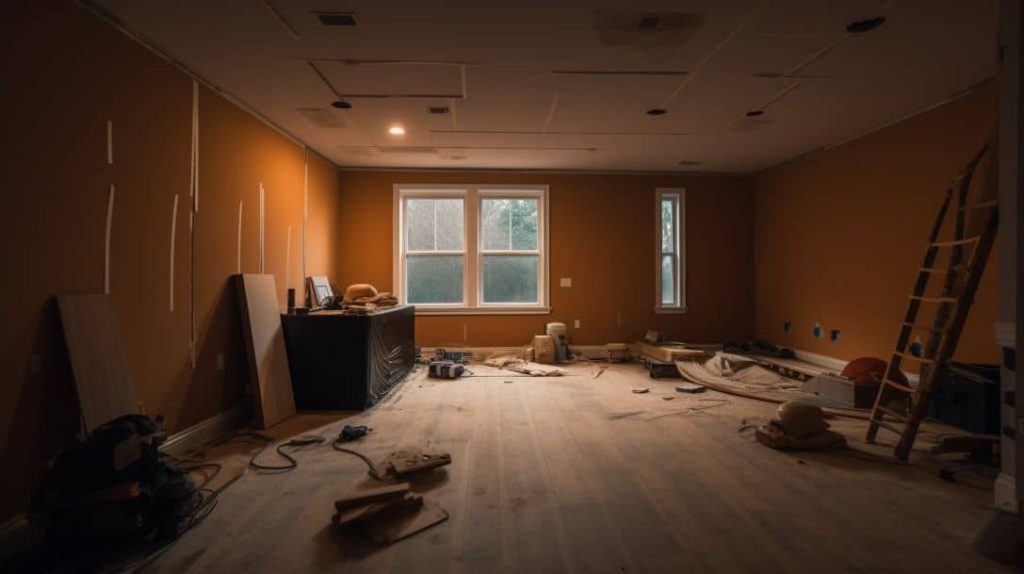
Navigating the Complexities of EIFS Installation in Indoor Environments
Interior EIFS installations demand meticulous planning:
- Accounting for lighting, ductwork, wiring, etc.
- Preparing surrounding surfaces for integration.
- Developing details for trim, corners, and openings.
- Ensuring sufficient curing conditions.
- Managing noise, dust, safety considerations.
Careful coordination optimizes successful indoor application.
Addressing Common Queries: EIFS in the Interior Retrofitting Context
Some typical interior EIFS questions include:
- How is substrate prepared for adhesion?
- What building access facilitation is required?
- How are joints between dissimilar materials resolved?
- What building services may require relocation?
- How is curing enabled without exterior ventilation?
- What supplementary fire-stopping is necessary?
Experienced EIFS pros readily address these complexities.
DIY vs. Professional EIFS Installation: Pros, Cons, and Considerations
| DIY Interior EIFS | Hiring an EIFS Contractor |
|---|---|
| Lower upfront cost | Better quality outcome |
| Intensive self-learning required | Expert skills and know-how |
| Increased risk of flaws and issues | More reliable vapor barrier integrity |
| Limited design complexity | Maximized fire resistance and safety |
| Strenuous physical labor | Efficient working time and minimized mess |
Consider capabilities before attempting DIY EIFS.
Securing the Services of a Skilled EIFS Installer
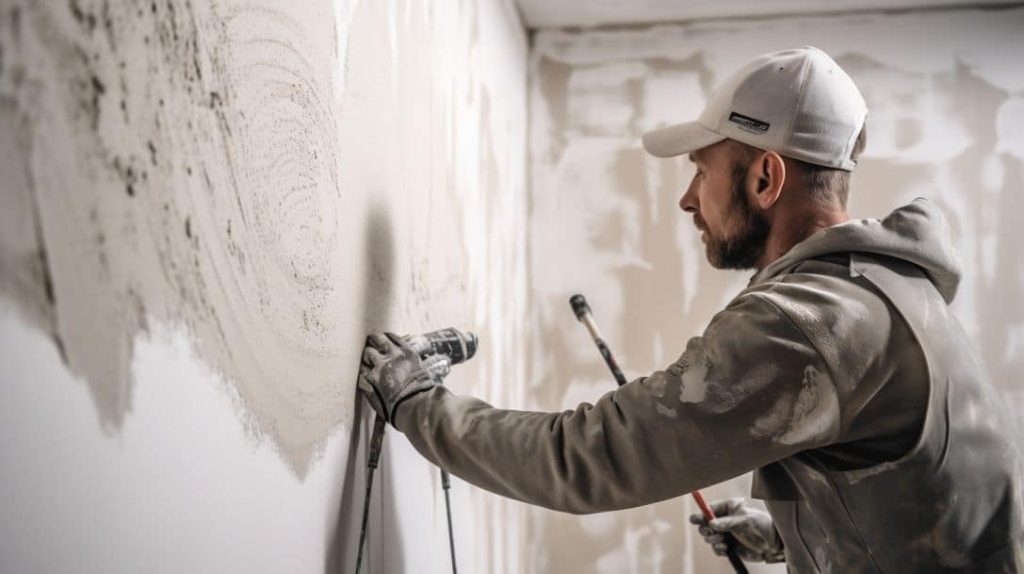
Why Expertise Matters: The Nuances of Interior EIFS Application
Intricate interior EIFS work mandates specialized abilities:
- Assessing and preparing existing substrates.
- Executing complex 3D forms and details.
- Integrating dissimilar surrounding materials.
- Ensuring code compliance for fire and sound.
- Achieving uninterrupted insulation and air sealing.
- Adapting to confined space working conditions.
These factors underscore the importance of hiring seasoned EIFS pros.
Vetting Credentials: Certifications and Training to Look For in a Professional
Indicators of expertise to seek out:
- EIFS manufacturer certification for installed products.
- Building code compliance training.
- OSHA safety credentials.
- LEED accreditation.
- Relevant trade association membership e.g. EIMA.
- Proof of bonding and insurance.
Valid credentials affirm capabilities.
The Consumer’s Guide to Contracting the Right EIFS Professional for Interior Work
To identify the best fit EIFS installer:
- Review representative interior EIFS project examples.
- Request references from previous residential or commercial clients.
- Verify necessary licenses and insurance policies are current.
- Ensure the bid proposal clearly outlines the scope of work, materials, timeline, and warranty terms.
- Ask about design services, support for permits and submittals, and post-project maintenance availability.
- Enquire about site safety protocols and project team qualifications.
Taking these steps yields positive interior EIFS experiences.
Troubleshooting EIFS Interior Applications

Diagnostic Tips for Interior EIFS Issues
Watch for these common EIFS defects:
- Cracking from building movement or incorrect joints.
- Discoloration from moisture or chemical exposure.
- Bond failure is caused by poor substrate prep or adhesives.
- Fastener popping due to improper installation or movements.
- Finish delamination is often linked to wetness.
- Premature aging or peeling attributable to UV exposure.
Pinpointing factors behind deficiencies guides appropriate repairs.
Climate Considerations for EIFS Durability Indoors
Regional climate influences interior EIFS performance:
- Hot, humid areas increase vapor drive and condensation risks.
- Cold climates prompt greater temperature differentials and energy demands.
- EIFS holds up well in temperate, low-humidity environments.
- Adjust insulation thickness, vapor control layers, and sealants to suit local climate.
Tailoring EIFS to ambient conditions optimizes interior durability.
Moisture Control: Solutions for EIFS in Varying Environmental Conditions
Moisture sources like showers, pools, stormwater and groundwater require:
- Supplementary sheet or liquid waterproofing membranes.
- Ducting, ventilation, and dehumidification improvements.
- Extensive sealing of plumbing, HVAC, and electrical penetrations.
- Ongoing leak monitoring and repairs.
- Avoiding below-grade applications lacking vapor control layers.
Proactive moisture strategies prevent EIFS moisture issues indoors.
Adhering to Codes and Embracing Green EIFS Practices
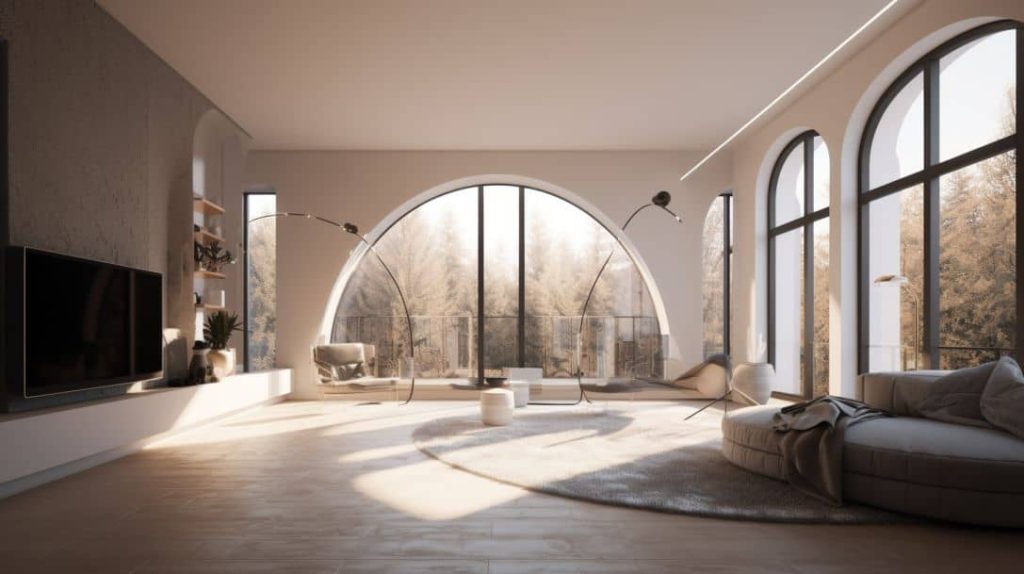
Breaking Down Code Compliance for Interior EIFS Installations
Interior EIFS must align with:
- International Building Code fire safety provisions.
- ASTM testing standards for fire ratings and material properties.
- American Society for Testing and Materials codes.
- Other laws are dictated by building occupancy and location.
Following applicable regulations ensures legally compliant EIFS application.
EIFS Contribution to Sustainable and Eco-Friendly Interior Design
EIFS aligns with green building principles through:
- Energy efficiency – reduced carbon footprint.
- Durability and longevity – less replacement waste.
- Recycled content availability – EPS, mineral wool options.
- Low VOC assembly materials.
- Lightweight construction and small project footprint.
- Adaptability for future retrofits and upgrades.
Innovations in EIFS that Cater to Green Building Standards
Advancing sustainable EIFS products include:
- Solar-reflective coatings to lower heat absorption.
- Phase change materials for thermal energy storage.
- Bio-based resins lowering carbon impacts.
- Nanotechnology enhanced insulation.
- Thermal imaging and remote sensor integration.
EIFS continues to evolve in support of green building goals.
Conclusion
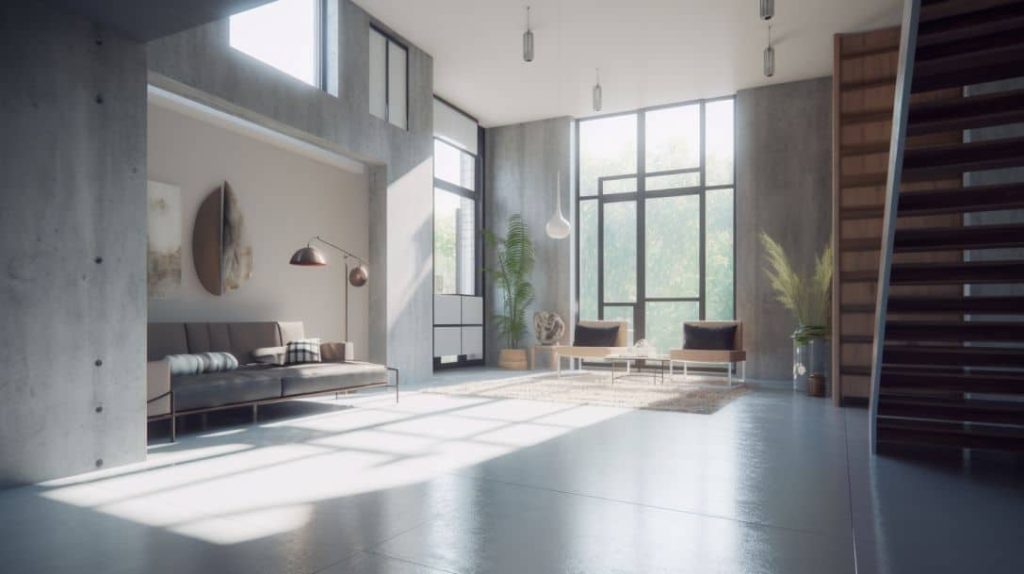
EIFS offers invaluable yet often overlooked potential for interior renovations. Thanks to material innovations, EIFS provides stellar thermal and acoustical insulation, limitless design versatility, moisture and fire resistance, longevity, and sustainability. Specifying interior-suitable EIFS products and hiring experienced pros for precise application unlocks the full possibilities of EIFS indoors. With diligent design, installation, and maintenance, EIFS enhances interior spaces and built performance. We hope this article has provided helpful insights into integrating EIFS into your next interior renovation project. Please contact us if you have any additional questions about the transformative potential of EIFS for interiors.
Key Takeaways
| Topic | Summary |
|---|---|
| Benefits of Interior EIFS | Thermal efficiency, noise reduction, moisture control, fire resistance, design flexibility, durability |
| Product Selection Factors | Fire ratings, climate conditions, moisture exposure, noise control, sustainability goals |
| Design Potential | Ornate detailing, faux finishes, complex 3D forms |
| Performance vs Traditional Materials | Thinner and lighter than stucco, more design flexibility |
| Moisture Considerations | Vapor retarders, water barriers, mold-resistant finishes |
| DIY vs Professional Install | Complexity demands expertise for best results |
| Vetting Contractor Qualifications | Proof of training, certifications, experience |
| Maintenance Best Practices | Address cracks, discoloration early, control moisture |
| Sustainability Contributions | Energy savings, durability |
FAQs
What types of buildings are suitable for interior EIFS?
EIFS can be used effectively in many different building interiors including residential, commercial, industrial, and institutional spaces. The key is selecting appropriate EIFS materials and components based on occupancy type, exposure conditions, and project requirements.
Is EIFS an acceptable wall and ceiling finish for bathrooms?
Yes, with proper detailing and materials selection. Moisture-resistant facers, vapor barriers, and mold-inhibiting finishes make EIFS a practical finish for high-humidity areas like bathrooms. Proper sealing around fixtures and penetrations is also critical.
Can EIFS be installed over existing drywall or plaster substrates?
In most cases, yes. The substrate must be properly prepared, secured to framing, and primed to accept EIFS adhesives and basecoats. The contractor will assess the existing substrate and address any issues to ensure a successful bond.
What fire-rating classifications can EIFS achieve for interior uses?
With specific component makeups and assembly details, EIFS can achieve one-hour, two-hour, or even three-hour fire ratings required for interior finishes based on the International Building Code. The EIFS manufacturer can provide recommended assemblies to meet applicable fire codes.
Does interior EIFS require specialized maintenance?
Generally, interior EIFS requires minimal maintenance beyond the occasional repair of cracks or damage from impacts. It’s recommended to perform annual inspections to check for any sealant failures, moisture issues, or other deficiencies needing correction to uphold long-term performance.

